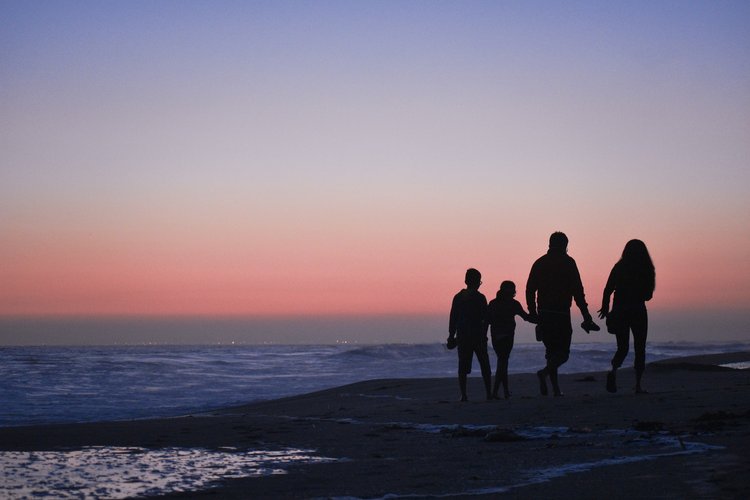With summer approaching and the market delivering opportunities for buyers, you may well spend your holiday time contemplating the purchase of a bach, which you’ll then rent out to other holiday makers.
From a tax perspective, renting out your new bach throws up some specific tax issues you should be aware of before you buy.
Firstly, even though your bach will be rented night by night and will not be a ‘dwelling’, it will still be subject to the interest limitation and Brightline rules. The fact that the bach is capable of being used as a dwelling trumps the fact that it’s not actually being used as one.
This means, when deciding what sort of property to buy, you need to weigh up the opportunities of a new build against the benefits of an already established bach. That said, buying a section without covenants and relocating a building to it, will also meet the definition of a new build.
The next issue is navigating the Mixed Use Asset rules. These were introduced to rein in large claims of tax losses where baches were made ‘available for rent’ but in fact derived very little rental income relative to the expenses being claimed.
A mixed-use asset is one that is used both privately and to derive income. The mixed-use rules effectively serve to limit deductions for owners who are not very serious about receiving rental income, but leave some opportunities for those who are in the market for significant rental income and are prioritising this over personal use.
Under the rules, rental income derived from renting the bach to the public must be declared as income. Expenditure that is specifically related to the income earning activity, like advertising charges for example, are 100% deductible.
But expenditure that funds both private use and income generating use must be claimed subject to these formulae: Expenditure x Income Earning Days / Income Earning days + Counted days.
This formula essentially means mixed use expenditure can only be claimed relative to the number of days rented as a proportion of the total number of days the property is actually used.
So, if you rented your bach out for 50 nights and used it yourself for 100 nights, your deductibility of mixed-use costs is 50/150 – so 33%. This removes the previous opportunity to deduct expenditure when the property was available for rent, but was in fact vacant.
The mixed-use asset rules also contain some quirks, for example, if close friends of family use the bach and pay less than a market value rent, the rent is excluded from income and the days they spend at the bach are considered private use.
Record keeping for these rules means tracking who uses the bach, whether they are relatives, and whether they are charged a full rental or just mates’ rates.
There is also a specific loss ringfencing rule that restricts tax losses if the gross rental income from the bach does not exceed 2% of the property’s CV.
There can also be GST issues associated with short-term letting, which is considered a taxable activity for GST rather than an exempt residential renting activity. This means that the owner needs to GST register for the taxable activity if the income derived from it exceeds $60,000.
These rules, coupled with the Brightline rules, mean that you need to think carefully about how to structure your bach purchase – especially if it’s not a new build.
If you create a structuring arrangement around planned rental use but then find that, over time, you’re using the property more personally and less for rental, you could find that the structuring is no longer appropriate.
Changing the ownership of the bach within the Brightline period can also be problematic. Family attachments to baches can become very strong, so the protections offered by trusts and the opportunity for succession planning for next generations also need to be front of mind when considering bach ownership.
